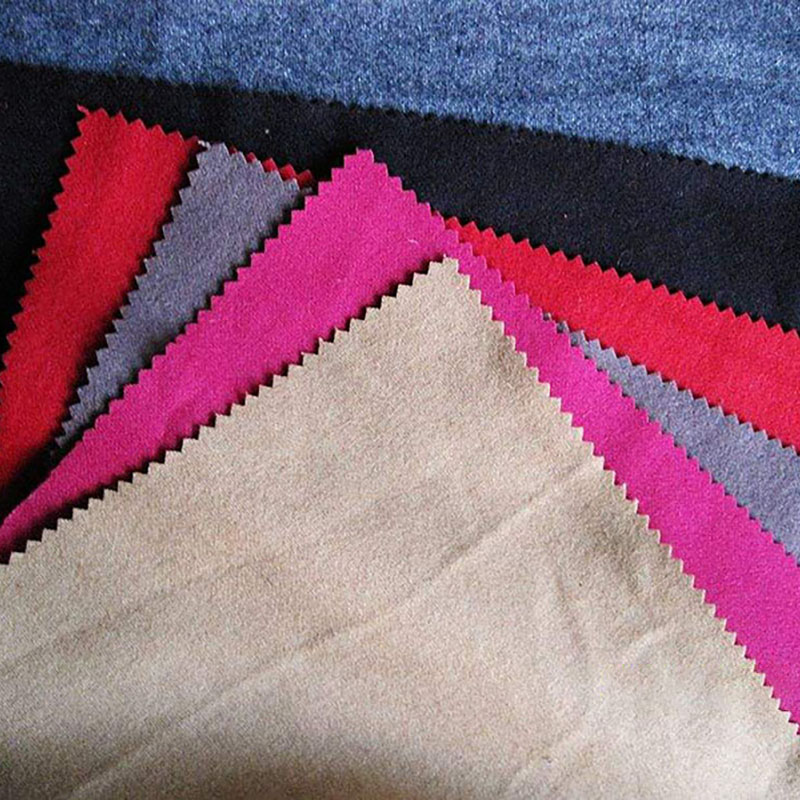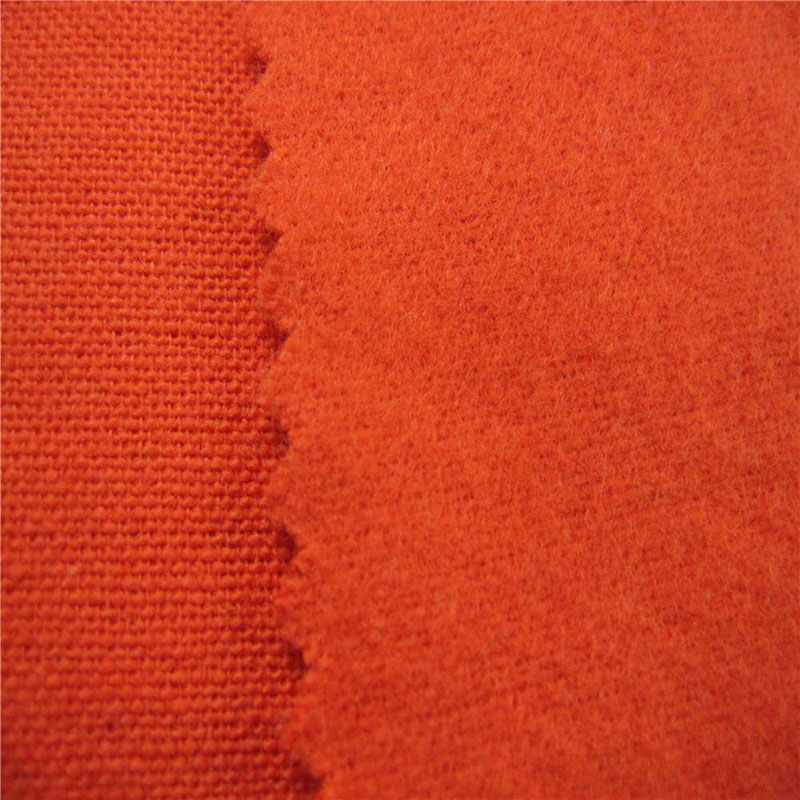



Flannel Dyeing
Flannel dyeing, the first impression is that the color is generous, the common color has light gray, medium gray, and dark gray three kinds. It can be used to make spring and autumn jackets and trousers. Plus the gram weight of Flannel dyeing is high, the plush is thinner and dense, the cost is high, and the warmth is better.
In addition, Flannel dyeing has a full layer of fluffy cover, soft to the touch, the whole is thinner than the Maddon, after the fleece finish, full to the touch, suede is delicate.
Product Features
1. Flannel dyeing color is plain, clean, and generous, there are light gray, medium gray, and dark gray, suitable for the production of spring and autumn men's and women's jackets and trousers, Flannel dyeing gram weight is high, plush is delicate and dense, thick fabric, high cost, good heat preservation.
2. Flannel dyeing has a plump, fine and clean pile covered on the Flannel dyeing side. The texture is not exposed, it feels soft and smooth, and the bone is slightly thinner than Maldon's. After shrinkage, fleece finishing, feel full, suede is fine.
3.Flannel dyeing fabric is a kind of coarse wool fabric covered with plump and dense fluff on the surface. The main raw material is mixed-color woolen yarn, which has a delicate and soft feel and excellent thermal performance. It is widely used in spring and autumn wear, trousers, shirts, children's wear, and other industries. The dyeing property of the Flannel dyeing fabric is good. After the loose fiber dyeing process, many colors including light gray, medium gray, dark gray milk white, and light coffee can be formed. The decorative effect is excellent.
4. The biggest characteristic of Flannel dyeing fabric is the fine, uniform fluff on the surface. Clothing and household bedding made of this fabric have a good thermal effect. Compared with other surface fleece fabrics, the feel is more delicate and the surface is more smooth. In addition, the color of Flannel dyeing fabric has both beautiful styles and plain and simple patterns and patterns, which can bring different enjoyment to life. However, the production process of Flannel dyeing fabric is complex, so the cost is high and the market price is relatively expensive.
Product Parameters
Traditional Flannel dyeing uses 64 pieces of fine wool and more than 12 pieces of carded yarn for warp and weft. The fabric weight is about 260 ~ 320 grams/square, and the thin fabric is about 220 grams/square. The selection of wool is the key. Only high-quality wool as the basis of ingredients can make the soft texture of Flannel dyeing. Secondly, put some primary color wool (this wool does not need to go through deep processing), let them both be stirred and blended into mixed color wool yarn, and then woven into the fabric, which is finished by shrinkage and wool drawing.
Application and After-Sales Service
Because of the relative delicacy of Flannel dyeing suede, it is a good choice for making clothes and children's clothes. For some thinner Flannel dyeing, it can be used to make shirts and skirts. Flannel dyeing originally uses fine wool of 64 yarns, more than 12 carded yarns for warp and weft. The fabric organization is plain, twill, etc., shrunken, fleece finish, and suede are fine. Generally, loose fibers are used for dyeing, mainly in black and white tones, with dark gray, light coffee, and cream white. Today's Flannel dyeing fabric, there are plaid, stripes, and other patterns. Some Flannel dyeing fabrics are also weft with worsted or carded yarn, sometimes mixed with a small amount of cotton.



